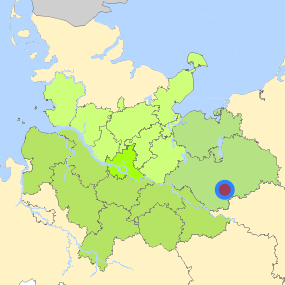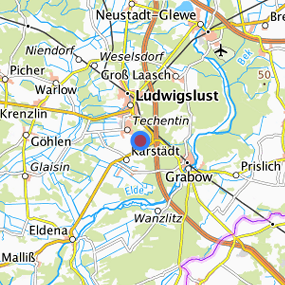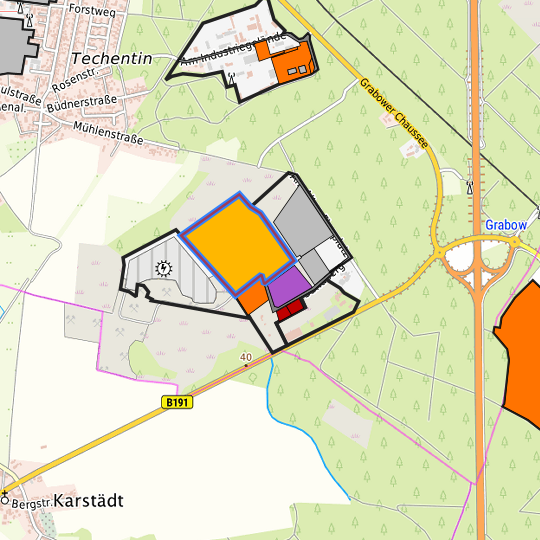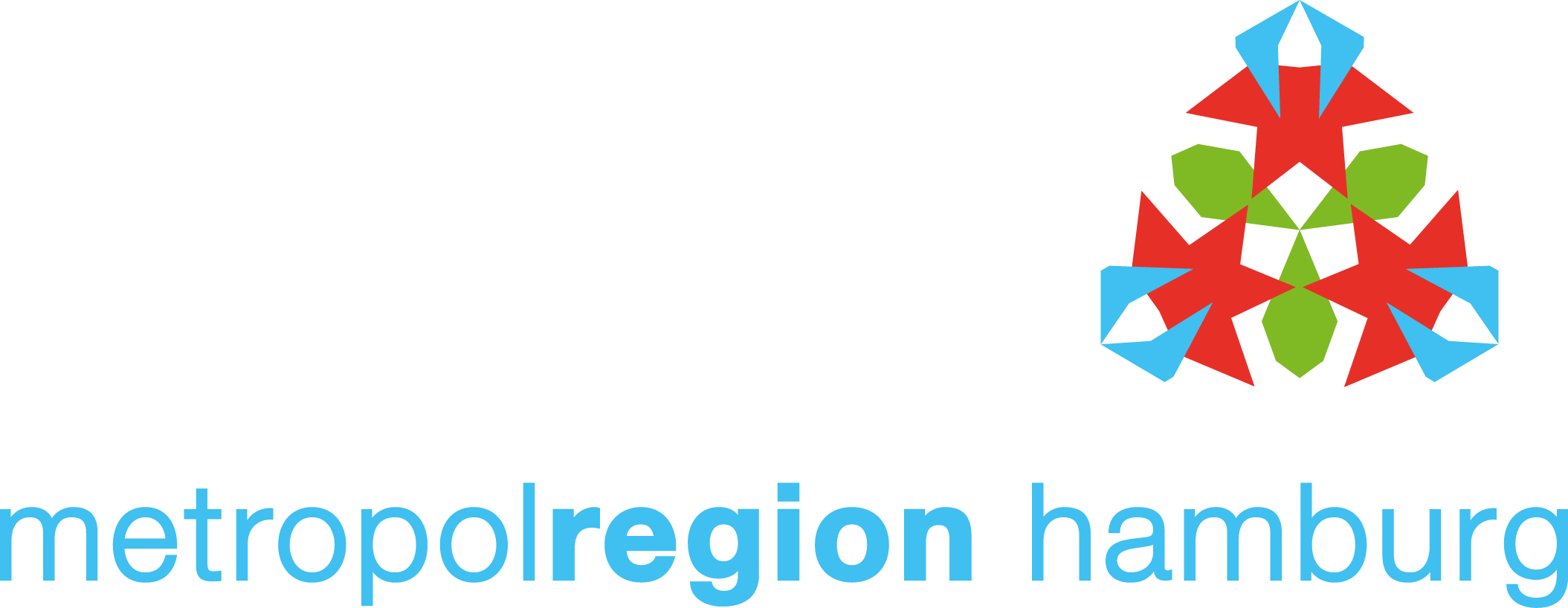Erweiterungsgebiet Stüdekoppel (Fläche 1) at Ludwigslust, Landkreis Ludwigslust-Parchim



Legend
Availabilities
Immediately
short term (2 years)
medium term (2-5 years)
long-term (> 5 years)
optional area (bindingly reserved)
occupational pension plan
not available
Brief description
Description of the parcel
Erweiterungsgebiet Stüdekoppel
Municapility/city
Ludwigslust
Parcel
Property size (m²)
180,217.86
Availability
available in the medium-term
focus use
brownfield site
further use
other usage
Legal planning situation
Commercial space secured by planning permission
Yes
Building area according to land use plan
commercial building area
Existing planning law
§30 BauGB (qualified development plan)
Type and extent of building and land use
Specific type of structural use
GE
Development situation
partially accessible
24-hour operation
Not specified
possible site occupancy ratio
0.8
possible floor area figure
No information
possible number of full floors
No information
possible height of building structures
No information
cubic index
No information
Exclusions/restrictions of land use
restrictions to mobilization
transport accessibility
Infrastructur of site
broadband availability (at least 50 MBit/s)
Not specified
quay edge
No
quay edge with sea-going vessel deep water
No
direct rail connection
No
electricity connection
Not specified
gas connection
Not specified
water connection
Not specified
wastewater connection
Not specified
Proprietary situation and marketing intention
proprietary situation
Not specified
Detailed information about commercial zone
Gross surface area (ha)
25.5709
Sector focus
other services
Type of location of commercial estate
classic commercial estate
Transport accessibility
Motorway
BAB 14
5.0
km
Availability of public transport
Available
Information about Ludwigslust
GDP per capita (in €)
(district level)
25,438.00
Rate of unemployment (in %)
(district level)
5.80
Inhabitants of the municipality
12,233
Trade tax rate
400
Property tax B
400
Description
You can find detailed information on the stipulations in the development plan at www.stadtludwigslust.de under the headings Urban development and Economy.
The town of Ludwigslust has a population of 12,500 (as of 2015) and is a medium-sized centre with a partial function in the district of Ludwigslust-Parchim in Mecklenburg-Vorpommern.
Ludwigslust, located 30 km south of the state capital Schwerin, has an extremely good geographical location in the Hamburg metropolitan region, with optimal accessibility between Wismar and the metropolises of Hamburg and Berlin. The A 24 and A 14 motorways can be reached quickly. Since 2015, Ludwigslust has had two direct junctions on the A 14 motorway, while the B5, B106 and B 191 trunk roads run through Ludwigslust. From Ludwigslust railway station, you can reach Hamburg in 40 minutes and Berlin in 60 minutes by ICE train.
The number of jobs subject to compulsory insurance (approx. 5500) has remained stable for years. Around 850 businesses are registered in Ludwigslust.
Companies located here are active in the food industry, the construction and building materials industry, the electrical and mechanical engineering industry, the export of machinery and equipment, metal construction and the production of regional specialities in sausage and meat processing.
Ludwigslust city centre has a colourful mix of retail sectors.
Ludwigslust offers home building sites close to the city centre and in the countryside, modern flats for rent and sale and residential complexes suitable for the elderly. Ludwigslust is an attractive school location (primary, regional, special needs, adult education and music schools, grammar school) for the region. For families with children, Ludwigslust offers a wide range of educational facilities and secure all-day childcare.
Many sports facilities, around 70 different clubs, a cinema, a Motodrom, a multi-generational house, well-known cultural events throughout the year, well-developed bridleways and cycle paths, etc. ensure active leisure activities.
Contact
Aram KhachatryanStadt Ludwigslust
Wirtschaftsförderer
Schloßstraße 38
19288 Ludwigslust
Contact
Aram KhachatryanStadt Ludwigslust
Wirtschaftsförderer
Schloßstraße 38
19288 Ludwigslust
